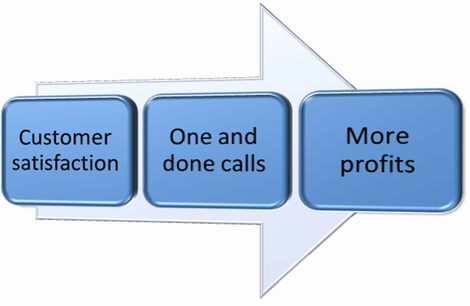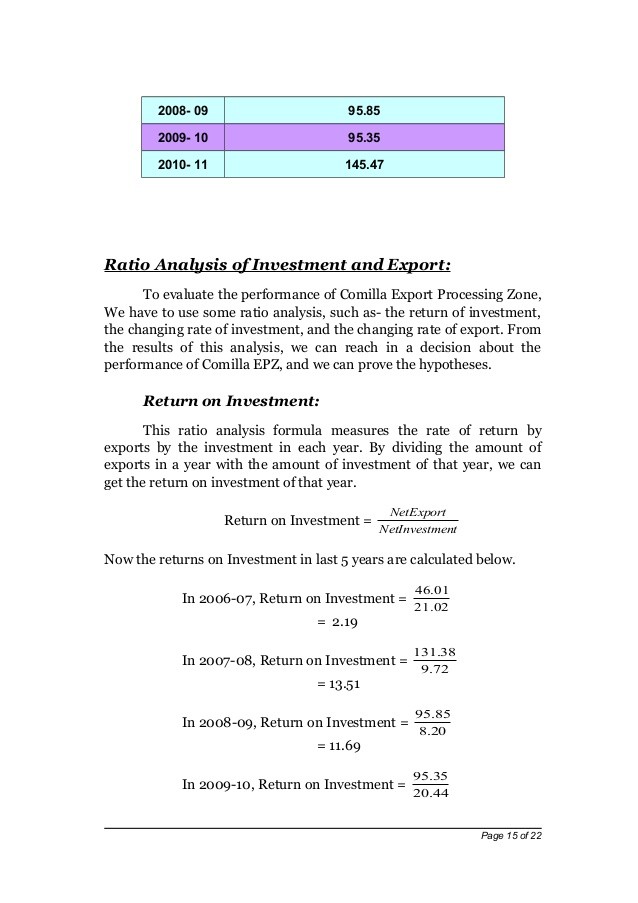Using ratios to evaluate business performances
Post on: 16 Март, 2015 No Comment

Ratio analysis is the method of using ratios to evaluate business performances of a company. Ratios are used to make comparison between industries or even companies within the industries to judge the performance.
The current ratio is derived from the comparison of the company’s current assets versus the current liabilities. Current ratios are used to evaluate does a company have enough resources to pay off its debts for the next 12 months. The current ratio for Nere Supermarket PLC is lesser than 1, indicating that the current liabilities are greater than the current assets owned by the company. The downwarding trend of the current ratio from 2006 to 2009 indicates that the company’s ability to pay off its debts are decreasing as the liabilities are increasing or decreasing assets.
The acid-test ratio has mild resemblance to the current ratio as it is used to evaluate the company’s capability of paying off its debts in short period, however the major differences between both is that acid test ratio does not take inventory into consideration. This is due to the fact that this ratio is used to test the ‘instant’ ability for the company to liquefy to pay off its debts while inventory are said to take time to liquefy. The acid test ratio shows a downwarding trend for Nere Supermarket PLC indicates that the company’s ability to repay its debts are declining when inventories are not taken into account.
Debtor collection ratio is used to identify the average days it takes for the company to recover its account receivables. The ratio is derived from the total of accounts receivable divided over annual credit sales times by 365 days. The lesser the debt collection ratio indicates the effectiveness of the company’s collection system. The debtor collection ratio shows a healthy decline from 63 days to 50 days indicating the increase in effectiveness in debt collection.
The return on capital employed is used to evaluate the percentage of return for investments in the business. This is derived by taking equity before tax and divided by the total capital employed into the business. The return for investments for the company shows decline from 25% to only 15%. which means the return for every Pound invested into the business has lower returns in the end of the 2009 compared to 2006.
Return of equity is measured by comparing the net income after tax for a company with the shareholders equity. The ROE measures the return of interest on the ownership of the stocks to the shareholder. The interest for shareholders has declined over the 4 years as the ROE declined from 17% in 2006 to a mere 10% in returns for 2009. This means that the interest for each unit of share held by shareholders yields lesser.
Gearing, or leveraging in financial terms is the technique to multiply gains or losses, this is achieved through borrowing, buying fixed assets and using derivatives. The increase of gearing from 83% to 109% over the 4 years indicates the increase of borrowings. buying of fixed assets or participation in the derivatives market by the company. However, this also indicates the company’s liquidity has lessen, causing the company to be less able to repay its debts in short term period.
Interest cover is used to measure the company’s ability to honor its debts payment. Generally the interest cover of a company should be more than 1; should the interest coverage ratio is smaller than 1, the company is not generating enough cash from its operations profit before tax to meet its interest obligations. The interest cover for Nere has significantly decreased over the 4 years from a healthy 4.8 to an alarming 2.6. This indicates that Nere’s operation profit is lowering each year and/or that the overhead for Nere is increasing. This is an unhealthy sign that the company’s performance is decreasing.
EPS, or earning per share is the amount of earnings for each outstanding share of a company’s stock held by shareholders. The EPS shows an increase in shareholder’s earning per share unit over the 4 years.
The P/E ratio of a stock is a measure of the price paid for a share relative to the annual profit earned by the firm per share.
Verdict on financial position
The financial position of Nere Supermarket Plc is not as strong as claimed by the chairman. Signs of weakening financial status are shown by the decrease in ability of the company to repay its debts as shown by the current ratio and acid test ratio. Both ratio indicates that with or without the inventories bought by the company, Nere is at risk of being unable to repay all its debts due to low level of current assets in comparison to its current liabilities. The increase in gearing from 83% to 109% further strengthens the signs of weakening financial position as the increase of gearing could cause the decrease in current assets.
Lowering of interest cover is another indication that the financial position of Nere is not as strong as before. The lowering of interest cover from 4.8 to an alarming 2.6 indicates that the operational profit is getting lower each year. Should the level decrease to lower than 2.5 it is a bad sign that the company might be at risk of being unable to honor its debts.
Another sign of weakening financial position is shown with the decrease of return on capital employed and return on equity. Both indicated that the return for investments in the business has declined, this could be caused by increased liabilities such as overhead, decline in business or incurring increased losses while running the business.
The business also showed signs of slowing down although debtor collection has improved. However, the improvements of debt collection could also indicate decrease in credit sales by the company. The stock turnover ratio shows that inventory movements have increase in days indicating that business has slowed down as goods takes longer to be sold off.
All in all, Nere Supermarket Plc shows weakening financial position together with slowing business although share prices have increased and turnover risen. Both positive outlooks could be caused by the decrease of value of the currency over time (time value of money) and may not project the actual performance of the company.
Part B
Accounting rate of return

Accounting rate of return (ARR) is one of the financial ratio used in capital budgeting. This ratio does not take into account the concept of time value of money. ARR calculates the return that is generated from net income of the proposed capital investment.
From the given data, ARR = 15% for project A and 18% for project B, then it means that project A is expected to earn 15 pence while project B will earn 18 pence out each pound invested. When comparing investments, the higher the ARR, the more attractive the investment.
Net present value (NPV)
Net present value (NPV) of a time series of cash flows is the sum of the present values (PVs) of the individual cash flows. The NPV is the present value of future cash flows minus the purchase price, and is a standard method for using the time value of money to appraise long-term projects. The time value of money is crucial when considering long term projects as the value of every dollar or pound today may not be the same with the value of the same amount in the future, hence long term projects must take time value of money into consideration when it comes to decision making. Generally, the higher the NPV of a project, the more attractive the project / investment.
Internal rate of return (IRR)
An internal rate of return (IRR) is a rate of return used in capital budgeting to measure and compare the profitability of investments. The IRR is the true interest yield expected from a project/ investment whereby the higher a project’s internal rate of return, the more desirable it is to undertake the project.
Verdict
ARR vs IRR
Project B shows more promises when looking into the yield of ARR returns compared to Project A. On the other hand, if IRR is taken into consideration, Project A is expected to generate a higher return than Project B. To avoid confusion, both ratios are compared by using monetary values to better illustrate the situation.














